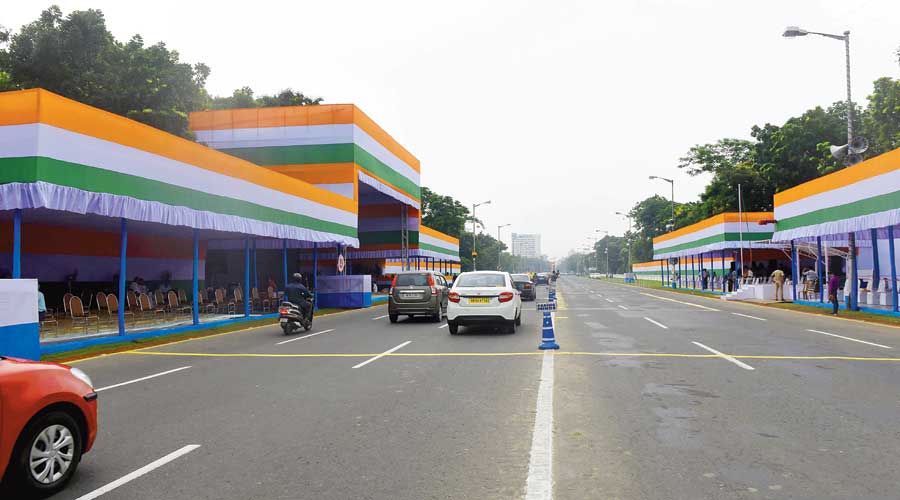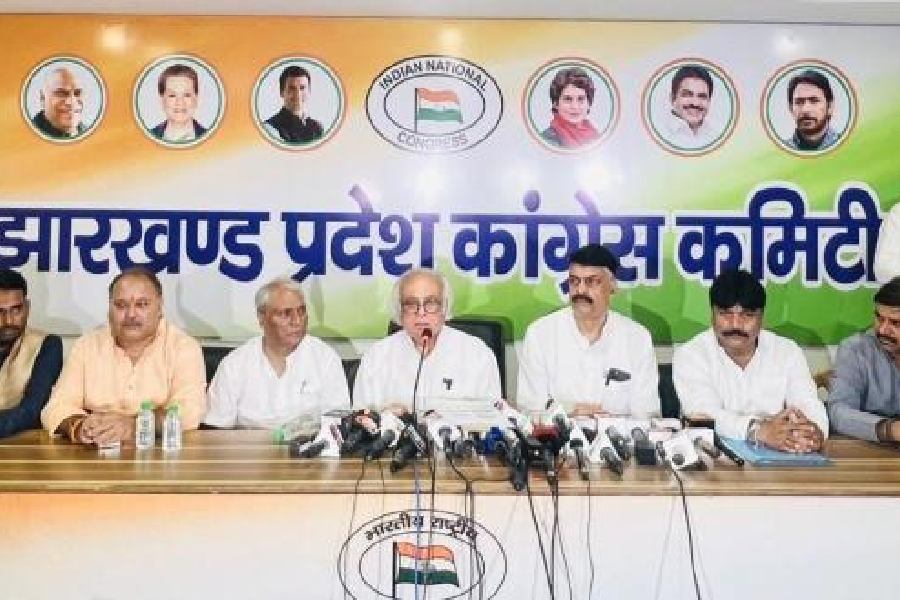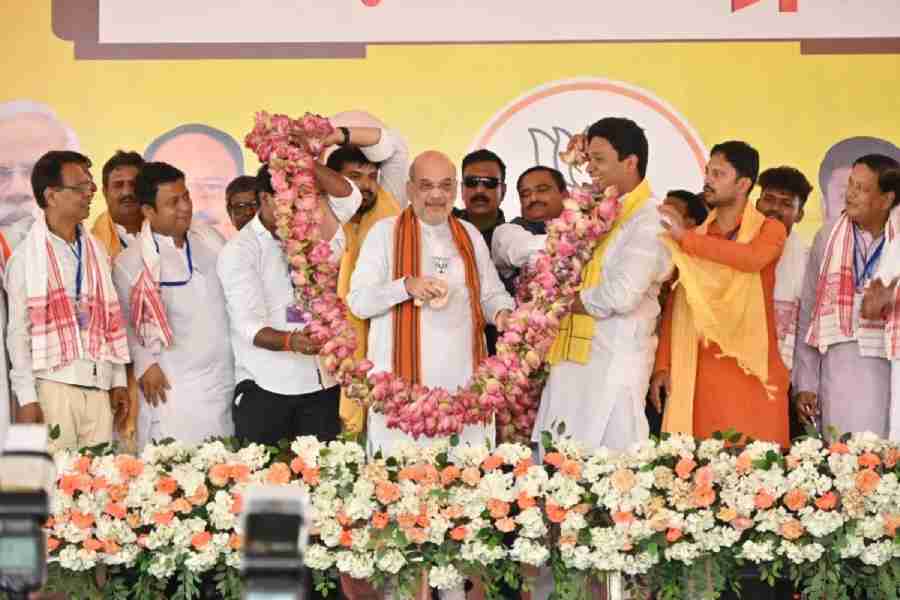A forthcoming book traces the varied history of Vande Mataram, the song that became the sound of the freedom movement and defined the idea of India, though it would also have its share of critics.
This anthem, which visualises the nation as a mother, was composed by Bankimchandra Chattopadhyay and incorporated in his novel Anandamath (1882).
Since then, it took on a life of its own and ran like a thread through important events of the Independence movement, connecting vital parts of the nation’s history, till today.
Just the phrase Vande Mataram (I bow before you, Mother) became a rallying cry, especially since the Partition of Bengal in 1905.
The book Vande Mataram: Rup Rupantar written by singer and Bengali theatre music expert Devajit Bandyopadhyay traces the history of the song in its many aspects, particularly the numerous ways it was sung. “It was set to almost 150 tunes,” said Bandyopadhyay.
The book will be published this year by Patrabharati, Calcutta, as India enters the 75th year of its Independence.
“It was first set to tune and sung by ‘Jadubhatta’, Jadunath Bhattacharya, who taught music to both Bankimchandra and Rabindranath Tagore,” Bandyopadhyay said.
Anandamath was performed as a play in 1883 and Vande Mataram was sung on the stage.
The song came into prominence again in 1896, when Tagore composed it in his own way for a session of Indian National Congress. This tune was to become one of the most popular Vande Mataram versions. “It was based partly on notations by his niece Pratibha Debi, published in their family magazine Balak,” said Bandyopadhyay.
“The song really reached the heart of the people during Banga Bhanga (the Partition of Bengal). At this time, the tune to which Raicharan Mukhopadhyay had set it also became very popular,” he added. During the 1905 protests, the words Vande Mataram became a popular greeting or salutation.
Sister Nivedita encouraged the singing of Vande Mataram at the school she had established for girls in Calcutta. It is widely believed that she inspired Abanindranath Tagore’s iconic painting ‘Bharat Mata’, the embodiment of the idea of the nation-as-mother. She also inspired the fiery Tamil poet and freedom fighter Subramania Bharati, for whom Vande Mataram became a clarion call to reform and recast society and free India.
But India chose Tagore’s Janaganamana-adhinayaka, which interestingly sees ‘Bharata-bhagya-vidhata’, the one who decides the fate of the country, as male, over Bankimchandra’s ‘Vande Mataram’, as the latter refers to the goddess Durga in a later stanza and it was assumed that all religious communities of the new nation may not feel comfortable with it.
Later, Anandamath, the novel that contains Vande Mataram, would be criticised severely by some for being rooted in Hindu fundamentalist ideas.
Bandyopadhyay lists the many names who set it to tune spanning more than a century, from “Jadubhatta”, Tagore and Raichand to Omkarnath Thakur, Ravi Shankar, Naushad, Hemanta Mukhopadhyay, Dilip Kumar Roy, Timirbaran and Pankaj Kumar Mullick. Not to forget A.R. Rahman.
It has been sung famously by V.D. Paluskar, M.S. Subbulakshmi, Hirabai Badodekar and Kesarbai Kerkar.
“The most popular tunes are by Tagore, Hemanta and Rahman. Raicharan’s version was very popular till around Independence,” said Bandyopadhyay. One reason behind the popularity of Tagore’s version is the availability of printed notation, he added.











